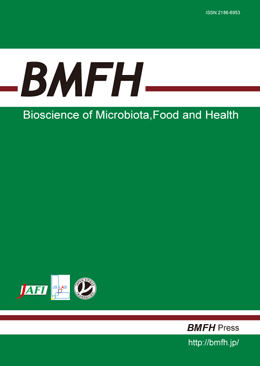41 巻, 4 号
選択された号の論文の6件中1~6を表示しています
- |<
- <
- 1
- >
- >|
Full Paper
-
原稿種別: Full Paper
2022 年 41 巻 4 号 p. 149-159
発行日: 2022年
公開日: 2022/10/05
[早期公開] 公開日: 2022/01/13PDF形式でダウンロード (2018K) -
原稿種別: Full Paper
2022 年 41 巻 4 号 p. 160-167
発行日: 2022年
公開日: 2022/10/05
[早期公開] 公開日: 2022/05/24PDF形式でダウンロード (1115K) -
原稿種別: Full Paper
2022 年 41 巻 4 号 p. 168-176
発行日: 2022年
公開日: 2022/10/05
[早期公開] 公開日: 2022/05/27PDF形式でダウンロード (1460K) -
原稿種別: Full Paper
2022 年 41 巻 4 号 p. 177-184
発行日: 2022年
公開日: 2022/10/05
[早期公開] 公開日: 2022/06/06PDF形式でダウンロード (751K) -
原稿種別: Full Paper
2022 年 41 巻 4 号 p. 185-194
発行日: 2022年
公開日: 2022/10/05
[早期公開] 公開日: 2022/06/17PDF形式でダウンロード (2547K)
Note
-
原稿種別: Note
2022 年 41 巻 4 号 p. 195-199
発行日: 2022年
公開日: 2022/10/05
[早期公開] 公開日: 2022/04/25PDF形式でダウンロード (2195K)
- |<
- <
- 1
- >
- >|
